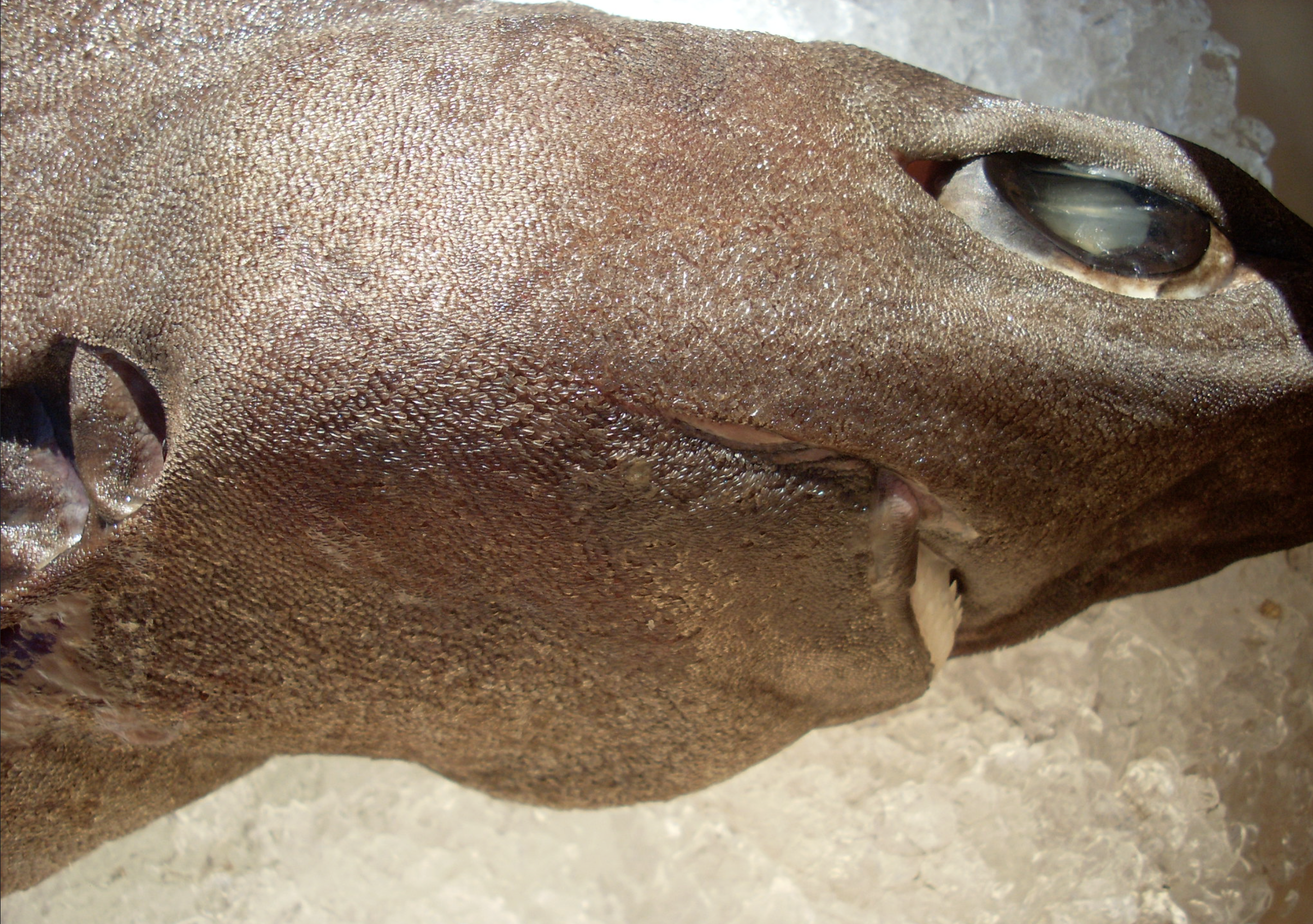CNN – With their bright green eyes and slender bodies, gulper sharks are odd-looking, prehistoric creatures that have been around for millions of years. Found worldwide in waters from 200 to 1,500 meters (650 to 4,900 feet) deep, much about them remains a mystery.
But now, they face a crisis. Three quarters of gulper shark species are threatened with extinction, targeted for their liver oil, which is particularly rich in a chemical compound known as squalene, commonly used in cosmetics for its antioxidant and moisturizing properties.
According to the International Fund for Animal Welfare (IFAW), shark liver oil has been found in a wide range of products from makeup, aftershave and sunscreen, to nicotine patches and hemorrhoid treatments.
New international trade protections, announced November 28 at the 20th conference of parties to the Convention on International Trade in Endangered Species of Wild Fauna and Flora (CITES), held in Samarkand, Uzbekistan, could turn the fate of these deepwater sharks around.
In what has been hailed by IFAW as a “watershed moment” for marine conservation, more than 70 species of sharks and rays have been granted stronger protections against international trade.
Gulper sharks have been listed on CITES Appendix II, which regulates trade of the species across international borders and improves monitoring, while endangered whale sharks, oceanic white tip sharks and manta rays are among those that have been uplisted to Appendix I, which bans all commercial trade of the species and their products.
Luke Warwick, director of shark and ray conservation at the Wildlife Conservation Society, said in a press release that the latest decision could not have been more urgent:
“Sharks and rays are the second most imperiled group of species on the planet, and many are running out of time … Today’s votes give them a real chance at recovery.”
The announcement is a particular win for the ocean’s deep-sea dwellers …



